Sex, Class and Realism: British Cinema 1956-1963 (British Film Institute)
£26.60
Hugely impressive in its scope, with introductory chapters on social history, the film industry and theories of realism, this indispensable history of these vital years contains unusually fresh discussions of films justly regards as important, alongside those unjustly ignored. The extensive filmography which accompanies Sex, Class and Realism will also prove to be an invaluable reference source in the teaching of British cinema history.
Read more
Additional information
| Publisher | British Film Institute, 1986th edition (1 Jan. 1986) |
|---|---|
| Language | English |
| Paperback | 240 pages |
| ISBN-10 | 0851701337 |
| ISBN-13 | 978-0851701332 |
| Dimensions | 15.65 x 1.91 x 23.65 cm |

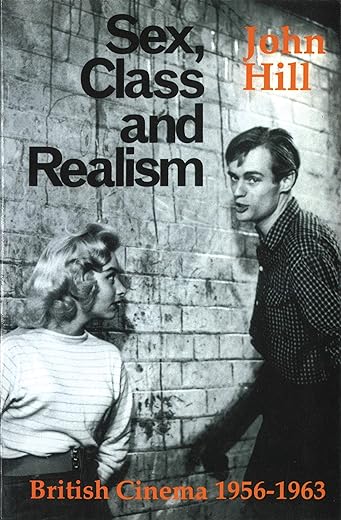
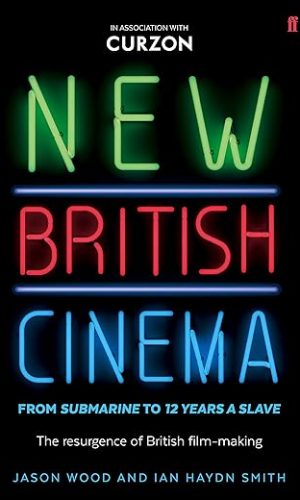
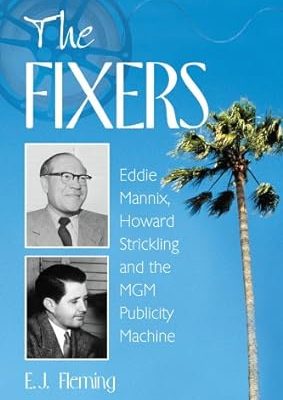

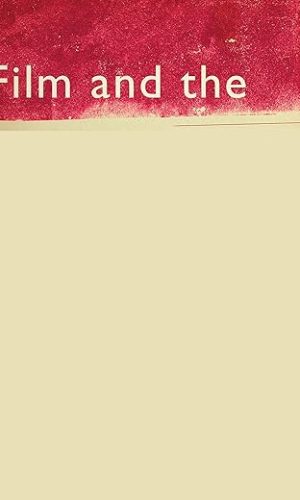

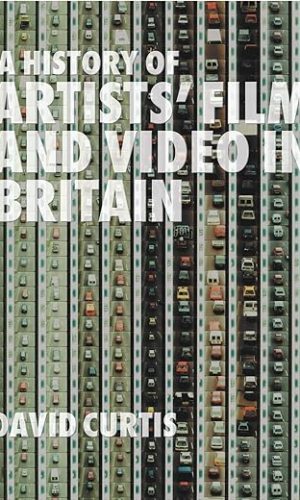

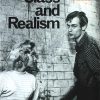
by Dr René Codoni
Hugely impressive in its scope, with introductory chapters on social history, the film industry and theories of realism, this indispensable history of these vital years contains unusually fresh discussions of films justly regards as important, alongside those unjustly ignored. The extensive filmography which accompanies Sex, Class and Realism will also prove to be an invaluable reference source in the teaching of British cinema history. (Publishers comment)
Often seen as the British Nouvelle Vague, though preceding the French by a few years and ending at the latter’s peak, British Cinema 1956-1963 was a crucial period, for Britain as much as for cinema. For off-British-Isles spectators, the kind of world and reality addressed was new, with universal travel then being a trickle of today’s. And, at the time, it was very difficult to get any information about the wider context.
This has since all changed. Hal’s book came out 1986 at the bfi (with a reprint 1995), and the British Cinema Book by Robert Murphy (ed) – I have reviewed it as A successful comprehensive team effort here at amazon uk on 18 June 2012 (fbus 36) – represents a consolidated effort towards the history of all of British Cinema. So we now have the facts and the opinions of what has happened. Needless to say that we may have a different valuation of the movies today, fifty years after the event.
As the various new cinemas tended to address and display sex more openly (though mildely – nothing compared to today’s instant internet porn), censorship, another relict from an earlier past, became active again. On average, censorship, though liberalising, was still counter-productive – like with Fellini, who has thanked the Vatican for free publicity on various occasions. But it remained a nuisance, producing many heated discussions, though it was clearly on its way out.
Hall is outspoken, if not radical in his arguments, but clear and concise. He puts all major film (again) in a select filmography at the end of the book, a method I have recommended many times, which keeps the chapters freer from ballast. What today’s readers might wonder at is the harshness with which single films were received by some critics; but it is, as stated above, each generation of viewers that has to make its own assessment.
fbuk 39 – Sex, class and realism: British Cinema 1956-1963””, by John Hill – 29/6/2012